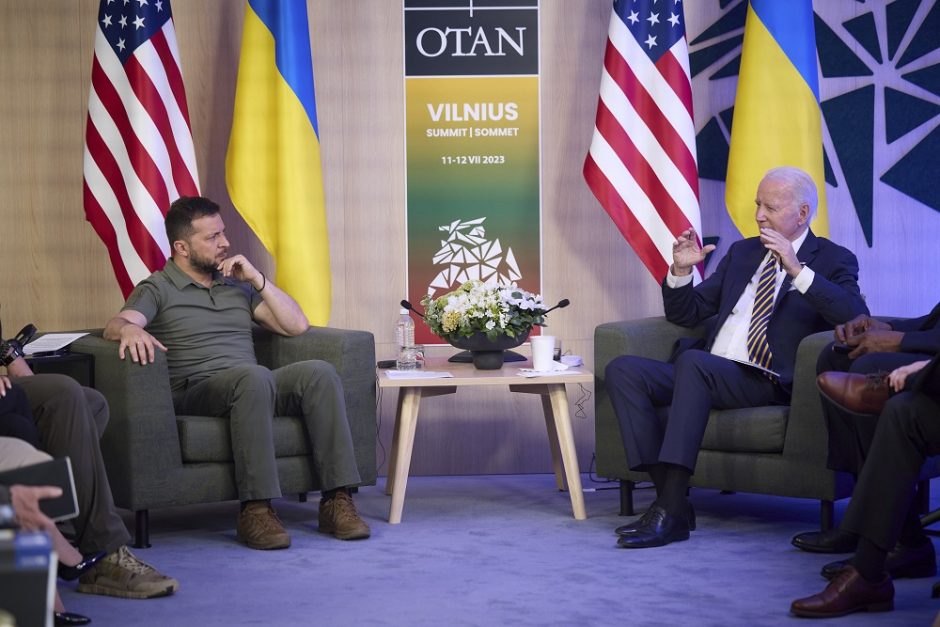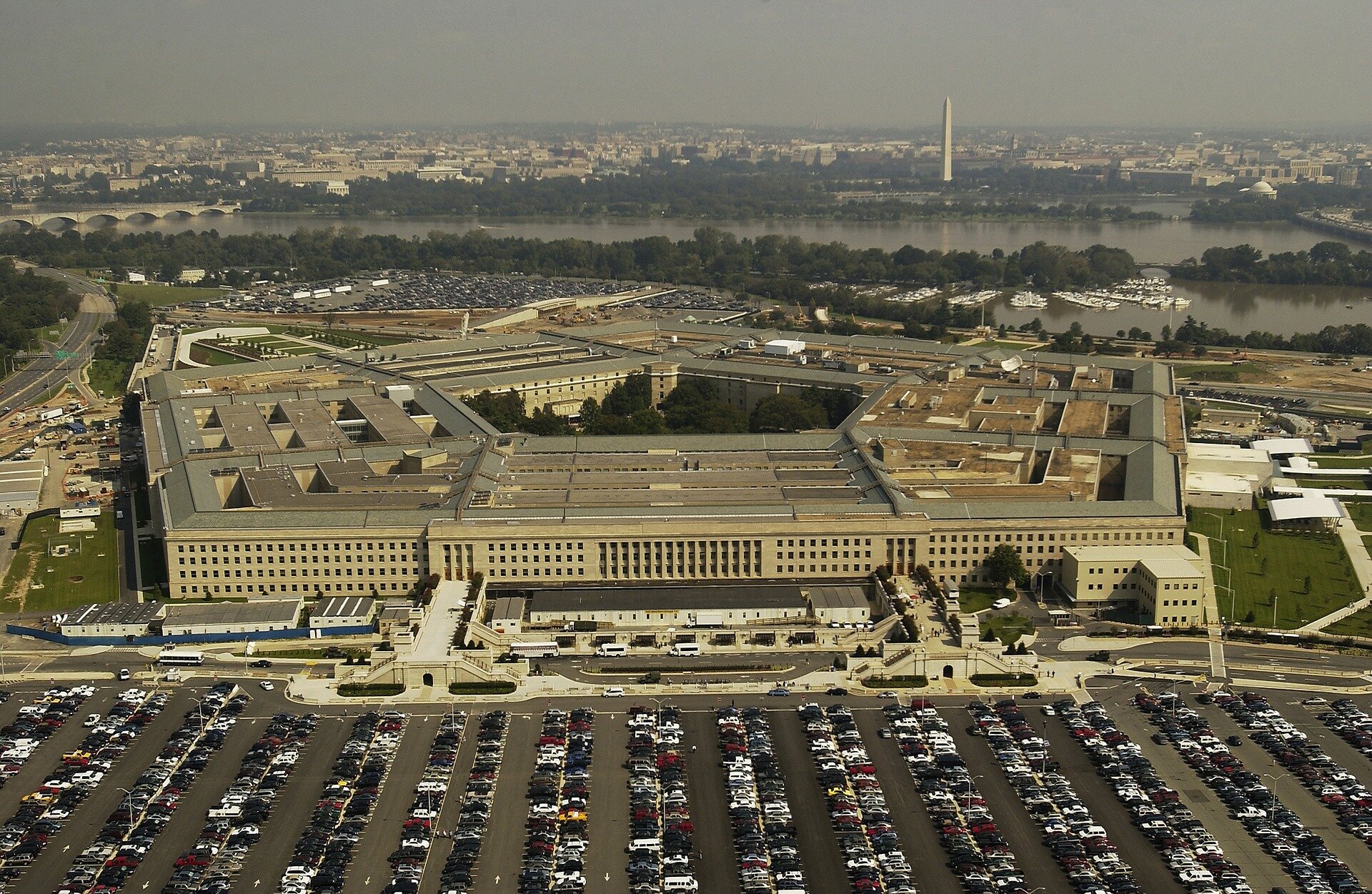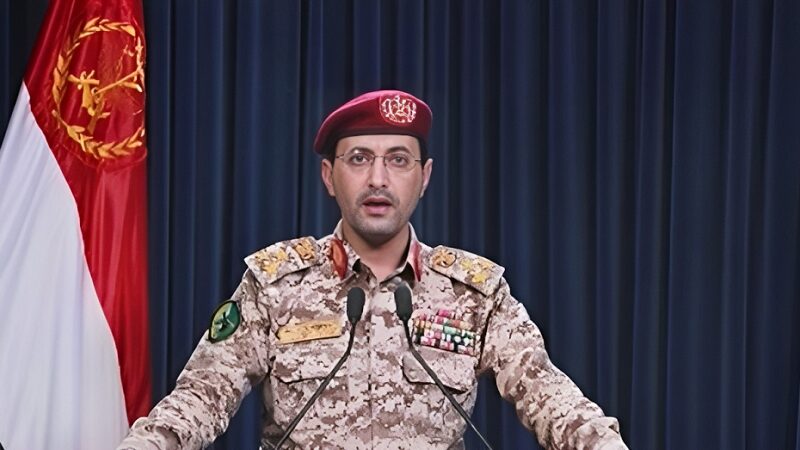Last Tuesday, 13 humanitarian, faith-based, and foreign policy advocacy groups sent a letter to the seniormost Biden Administration officials urging them to release an unclassified version of the President’s official strategy on Ukraine.
A classified report containing the Administration’s strategy was sent to the related Congressional committees, defying a Congressional mandate under section 504 of the 2024 National Security Supplemental Appropriations Act that required the President to submit such a report unclassified.
With no end in sight, risks of escalations in multiple theaters of the war, and Biden urging the EU to continue funding Ukraine’s defense, the Quincy Institute, advocates for responsible foreign policy, has joined with 12 other organizations and think tanks in a letter urging the President to allow the citizenry to understand where and how their taxpayer dollars are being spent in the conflict.
Over 10,000 Ukrainian civilians have been killed in the nearly 3-year-long war, and another 6 million people have fled the country. Much of the nation’s infrastructure is ravaged, and casualties, though estimates vary widely, are almost certainly higher than 150,000 killed and wounded by now.
The Donetsk city of Prokovsk is the center of the most recent chapter in the war, now in the 34th month of operations. A key logistics and railway hub for the Ukrainian defensive line, Russian Federation forces have been drawing nearer and nearer since July, capturing dozens of positions and towns along the way. The attackers are now just 7 kilometers from the city, an advance that has pierced far enough into Ukrainian lines that it places the defenders to the south at risk of encirclement.
On September 8th, Russian Federation forces took the town of Novohrodivka, 12 kilometers from Prokovsk, which had a pre-war population of 14,000. Reuters claims that Russia has penetrated another 5 kilometers in some areas, according to maps published by Yuri Podolyaka, an influential Ukrainian-born, pro-Russian military blogger.
Ukraine’s incursion, utilizing some of her forces and weapon stores, into the Russian oblast of Kursk has been a pyrrhic victory that is now proving costly in the defense of Pokrovsk and other towns. Multiple additional characteristics of the current conflict, including the use of Western munitions to strike further and further into Russian territory, and the potential surprise appearance of North Korean elite troops on the Ukraine battlefields, threaten to escalate it to even more dangerous, and frankly uncharted, heights.
“As the war in Ukraine persists without an end in sight, it’s clear Washington needs to put more thought into how the US can best support Ukraine,” said Tori Bateman, Advocacy Director of the Quincy Institute, in a press release. “We don’t want a situation where we’re engaged in a war without an achievable plan for victory. That’s not good for Ukraine or the United States”.
The mission, if it exists
WaL sat down with Bateman to discuss why a clear policy for the next 6-18 months of decisions in Ukraine is especially relevant among the myriad of important issues wrangled about on Capitol Hill.
On whether Biden’s classified release is ‘breaking the law’…
“Yes, it is absolutely accurate to say that Biden is breaking the law by not releasing this unclassified version of the strategy and only sending the classified version to the legislature”.
Why the Quincy Institute believes it’s important for an unclassified Ukraine strategy to be released…
“It’s important that a strategy get released in this unclassified form to prove that it exists, for one thing, and also to give the public a chance to see and comment on it. There are huge amounts of taxpayer dollars at play here, there are lives at stake and it’s really important that if we’re going to be involved with this war that we have a sense of what kind of strategy is being thought through at an administration level”.
On the hunch she and her colleagues have of what the classified version contains…
“I don’t think we expect there would be much to comment on in whatever ends up getting released. We’d hope to see there’s some sort of robust diplomatic strategy at play here, we want to get a sense of what the US endgame is, of what the interests at play are that they’re seeing, and how they plan to attempt to realistically achieve realistic objectives and [sic] those things haven’t been laid out. A lot of the rhetoric we hear is that we’re going to keep providing weapons and support until there’s victory, but what is victory? What is the relationship between the aid we’re giving and that outcome?”
On Kamala Harris’ comments that she wouldn’t do anything differently over the last 4 years…
“I think that comment from Harris really shocked a lot of us who view the Biden Administration’s foreign policy in a lot of areas as having failed, and I think if there are a potential 4 years of a Harris Administration coming up and there’s an expectation that she continues a lot of the Biden Administration’s policies, it’s incredibly important that we understand what those policies actually are and the strategy that’s part of that bigger picture”.
On the advice she and her colleagues would offer each incoming presidential candidate…
“I can say that asking the right questions as it relates to our engagement, right? Define the US interests, figure out if the actions we’re taking are in line with those interests, have a realistic understanding of what we can achieve and what we can’t, and really put forward a good faith effort at bringing the war to an end to the extent that we have the ability to engage in negotiations”.
“In a conflict framed by President Biden as a ‘battle between democracy and autocracy, between liberty and repression, between a rules-based order and one governed by brute force,’ the United States should be setting the example of democratic accountability, not obscuring information from its citizens,” the 13 organizations wrote in their letter.
What are America’s interests?
In an article at Responsible Statecraft, the publishing arm of the Quincy Institue, key Russian-relations scholar Anatol Lieven states along with George Beebe, director of the CIA’s Russia analysis and former staff advisor on Russia matters to Vice President Dick Cheney, that there is already a bipartisan consensus for what America’s objectives in backing Ukraine should be, found in the halls of power in Washington and the imaginations of the wider public.
The consensus manifests in two key interests—avoiding direct conflict with Russia and the potential nuclear conflict to follow and “to preserve as much of Ukraine as possible as a viable independent state, with the chance of reconstructing its economy and eventually joining the European Union”.
The two authors write that “NATO governments, backed by the vast majority of their populations, have repeatedly stated that they will not go to war to defend Ukraine,” and so it should be an acceptable decision to remove that consideration, since membership in NATO would require just that. “By contrast,” they continue, “European Union membership—which Moscow has said it would support—would anchor Ukraine politically and economically in the West and put it on a path toward economic growth”.
“What we need to explore is how to establish a stable combination of military deterrence and diplomatic safeguards in Europe that will minimize the likelihood of NATO-Russia war, preserve Ukraine’s independence, and anchor its security within the European Union,” they summarize. WaL
We Humbly Ask For Your Support—Follow the link here to see all the ways, monetary and non-monetary.
PICTURED ABOVE: President Volodymir Zelenskyy and Joe Biden in 2023. PC: CC 3.0. Zuma Press



